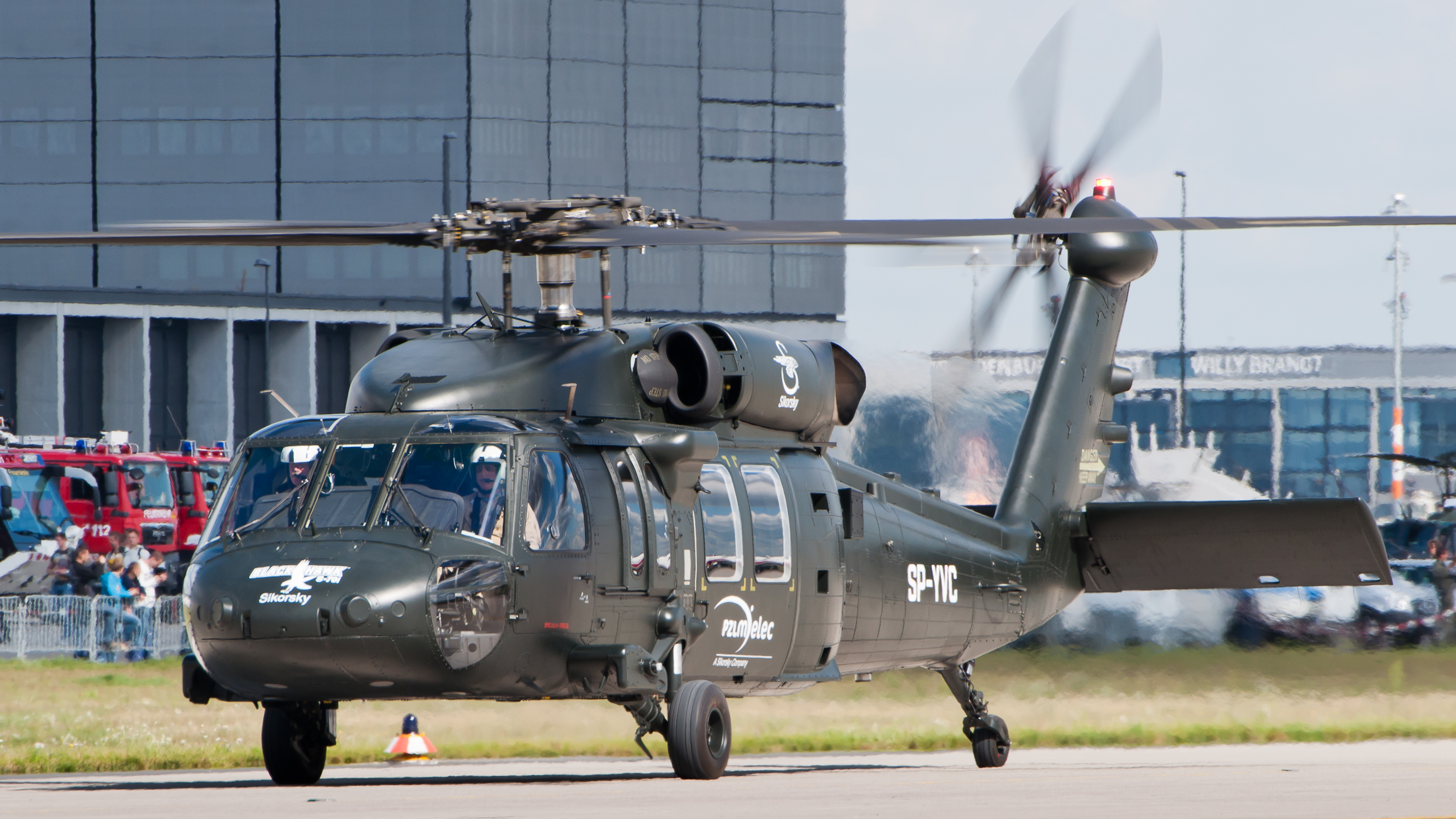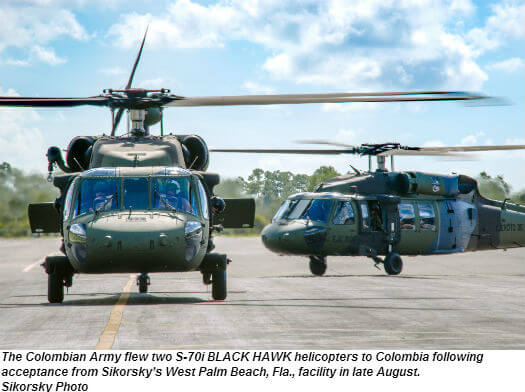High-Performance Multi-Role Rotorcraft Featuring Advanced Cockpit Technologies and Integrated Sensor Equipments
The realm of rotorcraft technology has actually seen remarkable advancements in recent times, particularly in the realm of high-performance multi-role rotorcraft furnished with cutting-edge cockpit modern technologies and perfectly incorporated sensing unit systems. These technologies have not just enhanced the functional capacities of rotorcraft but have also dramatically influenced contemporary aeronautics operations on different fronts. From enhanced objective convenience to enhanced functional performance, the merging of innovative cockpit modern technologies and incorporated sensing unit systems has ushered in a brand-new age of opportunities for rotorcraft applications. In the adhering to conversation, we will explore the development of rotorcraft technology, dive into the realm of sophisticated cockpit technologies, and analyze the ramifications of integrated sensing unit systems on the functional convenience and effectiveness of modern-day rotorcraft.
Advancement of Rotorcraft Modern Technology
The advancement of rotorcraft technology has been noted by considerable advancements in aerodynamics, materials, and propulsion systems, forming the capabilities and performance of modern rotorcraft. Wind resistant enhancements have enhanced the efficiency and maneuverability of rotorcraft, permitting for boosted rate, dexterity, and stability throughout flight (sikorsky s 70). Innovations in products, such as using composite products and advanced alloys, have led to lighter yet stronger rotorcraft structures, improving general efficiency and toughness. Furthermore, improvements in propulsion systems, consisting of extra effective engines and ingenious propulsion modern technologies, have actually allowed rotorcraft to attain greater elevations, faster rates, and greater hauls.
These developments have not just transformed the abilities of rotorcraft but have actually likewise broadened their applications across various industries, including armed forces, commercial, and emergency services. The continuous advancement of rotorcraft technology remains to drive technology in the area, pressing the boundaries of what is possible and shaping the future of vertical flight.
Advanced Cabin Innovations
Building upon the foundational developments in aerodynamics, products, and propulsion systems, the realm of rotorcraft innovation now changes emphasis towards pioneering Advanced Cabin Innovations. The combination of advanced modern technologies within the cabin setting plays a critical duty in enhancing the functional abilities, safety and security, and performance of contemporary rotorcraft. sikorsky s 70. Advanced Cockpit Innovations encompass a large variety of functions made to supply pilots with improved situational understanding, streamlined data administration, and user-friendly control interfaces
One of the essential developments in cockpit style is the execution of glass cockpits, which replace standard analog gauges with high-resolution displays. These electronic systems offer personalized formats, real-time data combination, and enhanced readability, making it possible for pilots to access essential information at a glimpse. Advanced avionics systems, such as fly-by-wire controls and augmented reality displays, are changing just how pilots engage with the aircraft, enabling for accurate control and improved decision-making capacities.


Incorporating innovative cockpit technologies not only improves pilot performance but likewise contributes to overall mission performance and security in intricate operational environments. By leveraging modern technologies within the cockpit, rotorcraft producers are setting brand-new requirements for functional quality and objective success.
Integrated Sensor Equipments
With the evolution of rotorcraft technology, the integration of advanced Integrated Sensing unit Systems has ended up being critical in improving operational efficiency and safety and security. These Integrated Sensing unit Solutions incorporate a wide variety a knockout post of modern technologies that give important information for various features such as navigation, surveillance, targeting, and ecological surveillance. By seamlessly integrating sensors like radars, electronic cameras, lidar, and infrared systems into rotorcraft, operators can profit from improved situational recognition, boosted mission capabilities, and lowered pilot workload.
One secret advantage of Integrated Sensing unit Equipments is their ability to gather real-time information and offer actionable insights to pilots visit homepage and mission drivers. Progressed radar systems can spot and track targets over long distances, enabling for very early hazard detection and reliable reaction planning. Additionally, integrating electro-optical and infrared cams makes it possible for rotorcraft to perform reconnaissance and surveillance goals with precision and precision.
In significance, the assimilation of cutting-edge sensor technologies into rotorcraft not only enhances functional effectiveness but also contributes dramatically to overall mission success and crew safety. As rotorcraft remain to advance, the duty of Integrated Sensing unit Equipment will definitely remain at the forefront of development in the aerospace industry.
Operational Adaptability and Performance
Enhancing functional flexibility and effectiveness in rotorcraft is a natural development from the integration of advanced Integrated Sensor Systems. By leveraging the insights and data given by these sophisticated sensor systems, rotorcraft can enhance their performance throughout numerous objectives and environments.
Operational convenience includes the ability of rotorcraft to adjust to different duties and situations efficiently. With innovative cabin innovations and integrated sensing unit systems, rotorcraft can perfectly transition between tasks such as Continued search and rescue, clinical evacuation, monitoring, and extra. This flexibility boosts the rotorcraft's ability to meet diverse operational demands without requiring substantial reconfiguration.
Effectiveness in rotorcraft procedures is important for making best use of goal efficiency and source usage. Integrated sensing unit systems play a crucial function in enhancing operational performance by providing real-time information on climate condition, surface mapping, target tracking, and a lot more. This data allows pilots to make enlightened decisions quickly, optimize flight paths, preserve gas, and improve general goal performance.
Impact on Modern Air Travel Procedures

Moreover, the integration of sophisticated sensors helps with boosted goal preparation and implementation, making it possible for rotorcraft to perform a wide variety of tasks with boosted precision. From search and rescue operations to aerial firefighting and police goals, the abilities of modern rotorcraft furnished with innovative cockpit technologies and incorporated sensor systems are unequaled.
Furthermore, the impact of these improvements prolongs past functional performance to cost-effectiveness and sustainability. By enhancing flight routes, gas consumption, and upkeep routines, high-performance rotorcraft outfitted with sophisticated cabin technologies and sensors add to minimizing operational expenses and environmental influence, making them essential properties in modern aviation operations.
Final Thought
Finally, the high-performance multi-role rotorcraft with innovative cockpit technologies and integrated sensor systems stands for a substantial evolution in aviation innovation. These developments boost functional versatility and efficiency, inevitably affecting contemporary air travel operations in a positive means. The integration of these advanced technologies enables improved capacities and efficiency in numerous goal circumstances, showcasing the continued innovation of rotorcraft modern technology in the aeronautics sector.
The world of rotorcraft innovation has actually seen significant developments in recent times, especially in the realm of high-performance multi-role rotorcraft equipped with sophisticated cabin modern technologies and perfectly incorporated sensing unit systems. From improved goal adaptability to boosted functional effectiveness, the merging of innovative cabin innovations and integrated sensor systems has ushered in a brand-new era of opportunities for rotorcraft applications. In the adhering to conversation, we will discover the development of rotorcraft technology, dig into the world of advanced cabin developments, and check out the effects of integrated sensor systems on the operational flexibility and efficiency of contemporary rotorcraft.

Comments on “Sikorsky S 70: Transforming Tactical Operations with Cutting-Edge Modern Technology”